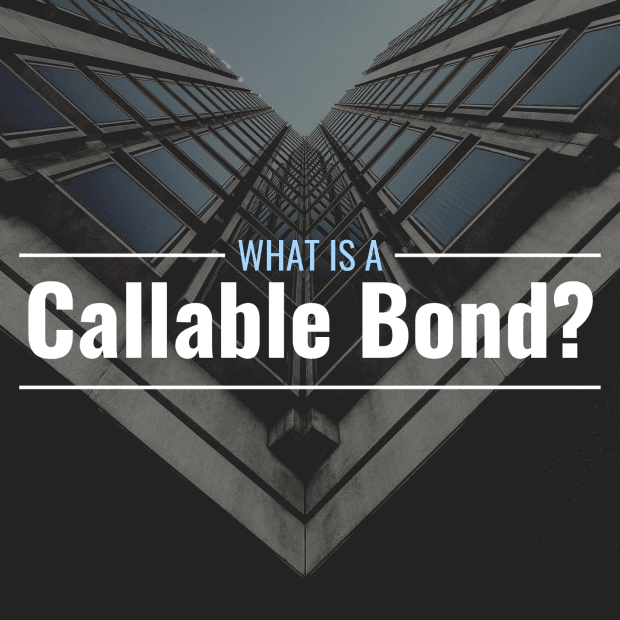
What Are Callable Bonds and How Do They Work?
Bonds are essentially loans from investors to companies or governments that must be paid back with interest. The issuer of a traditional bond must make a set number of coupon (interest) payments to the bondholder over the course of the bond’s term, then return the face value (principal) of the bond to the bondholder once the bond reaches maturity.
Callable (or “redeemable”) bonds differ from traditional bonds in that they allow their issuers to redeem them early by returning the face value of the bond to the bondholder before it reaches maturity and ceasing coupon payments at that time. In other words, callable bonds are just like regular bonds but more flexible in terms of maturity—at the discretion of their issuer.
Issuers of callable bonds are allowed to pay off their debt early (usually after a set date) and thus make fewer total coupon payments to the bondholder. This is beneficial to the issuer because, if interest rates fall, they can issue new, lower-interest bonds that will cost them less in the longer term and use the proceeds from the sale of these new bonds to pay off their outstanding, higher-interest callable bonds early. In this sense, issuers can refinance their debt when interest rates fall.
Why Do Investors Buy Callable Bonds? What Are the Risks?
So, if callable bonds primarily benefit their issuers, why do investors buy them? Why wouldn’t an investor choose a traditional bond that guarantees a specific return via a set number of coupon payments?
In order to incentivize investors, callable bonds offer higher coupon rates than comparable traditional bonds. These higher interest rates compensate investors for the possibility that their bonds could be redeemed (and coupon payments ceased) at any time.
This potential loss of future interest payments is known as “call risk.” Reinvestment risk, on the other hand, refers to the risk of being unable to secure as high an interest rate from another bond should a callable bond be redeemed by its issuer.
What Are the Different Types of Callable Bonds?
There are three main types of callable bonds, and each works slightly differently.
Optional Redemption
This is the simplest type of callable bond. An optional redemption bond allows its issuer to call the bond, repay the principal, and cease interest payments after a set period. For instance, a 10-year optional redemption bond might be callable beginning three years after it’s issued.
Sinking Fund Redemption
A sinking-fund redemption bond is a callable bond that must be redeemed in portions over a fixed schedule. In other words, its issuer returns a specific amount of the principal to the bondholder at certain intervals, lowering the total amount it must repay at maturity.
Extraordinary Redemption
Extraordinary redemption bonds are allowed to be called by their issuers only if certain events occur. Most commonly, these bonds can be redeemed early if the project they were issued to finance is damaged or cancelled.
How Do Callable Bond Prices Relate to Interest Rates?
On the secondary market, callable bond prices are highly sensitive to prevailing interest rates because if interest rates fall, the likelihood of a callable bond being redeemed early rises. This makes it less valuable to potential buyers, as interest payments may stop sooner than if interest rates had remained the same or risen. For this reason, callable bonds go down in price when interest rates fall.
What Types of Entities Issue Callable Bonds?
Most callable bonds are municipal, meaning they are issued by city, state, or county governments, often to finance public works projects. Corporations may also issue callable bonds, although this is less common.







